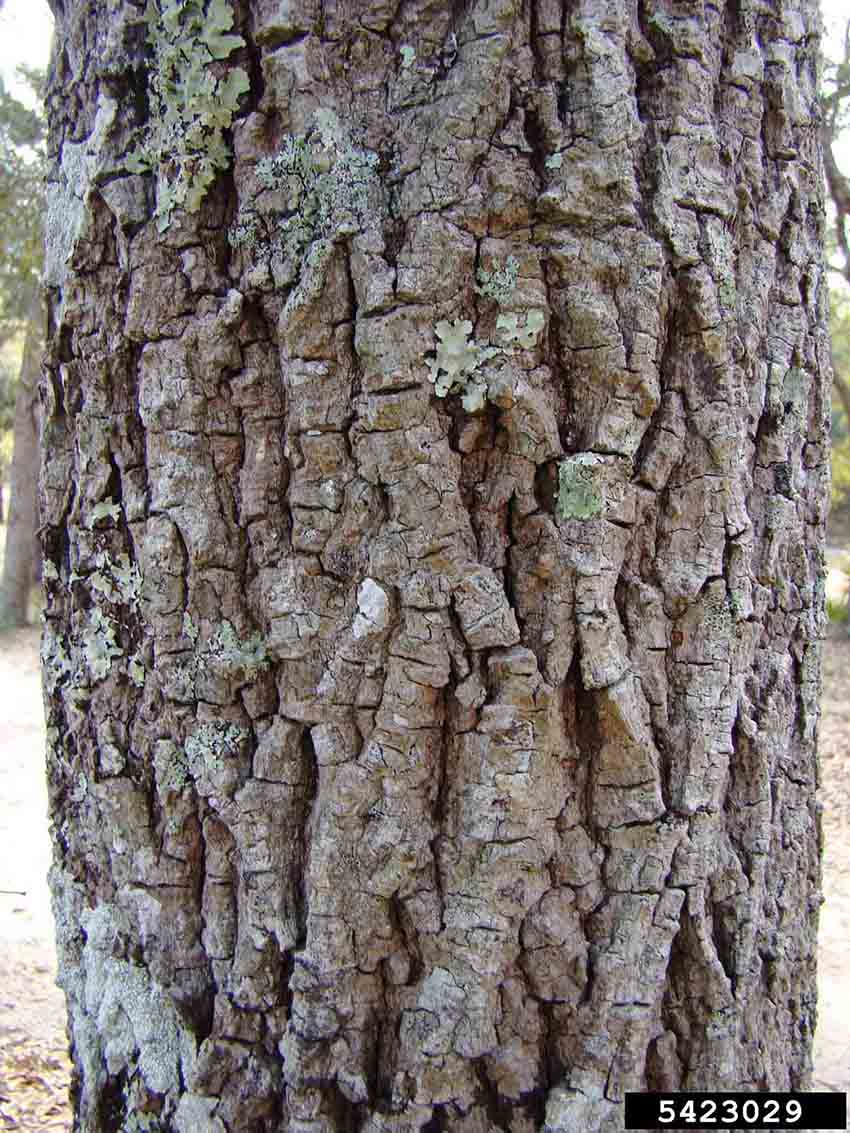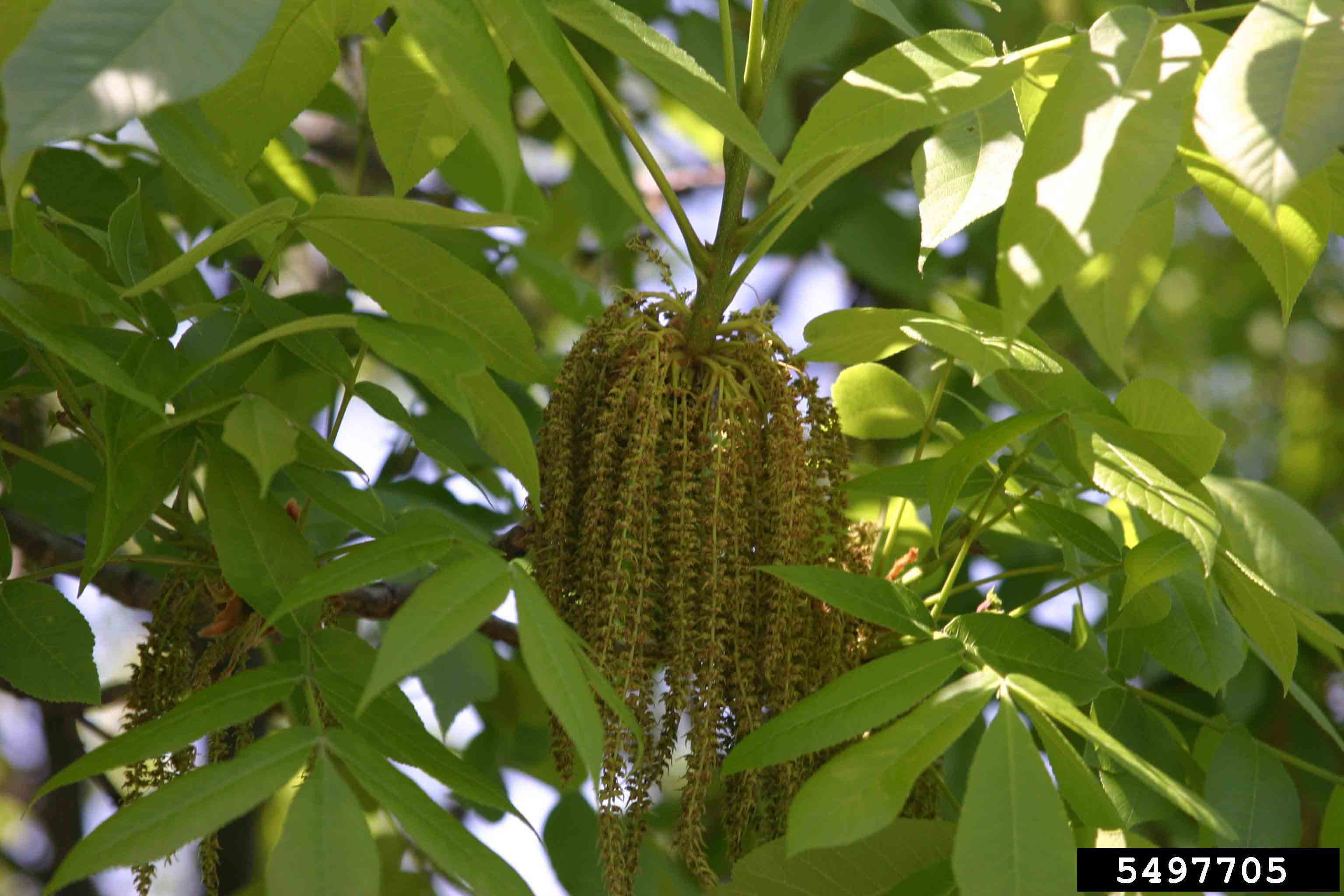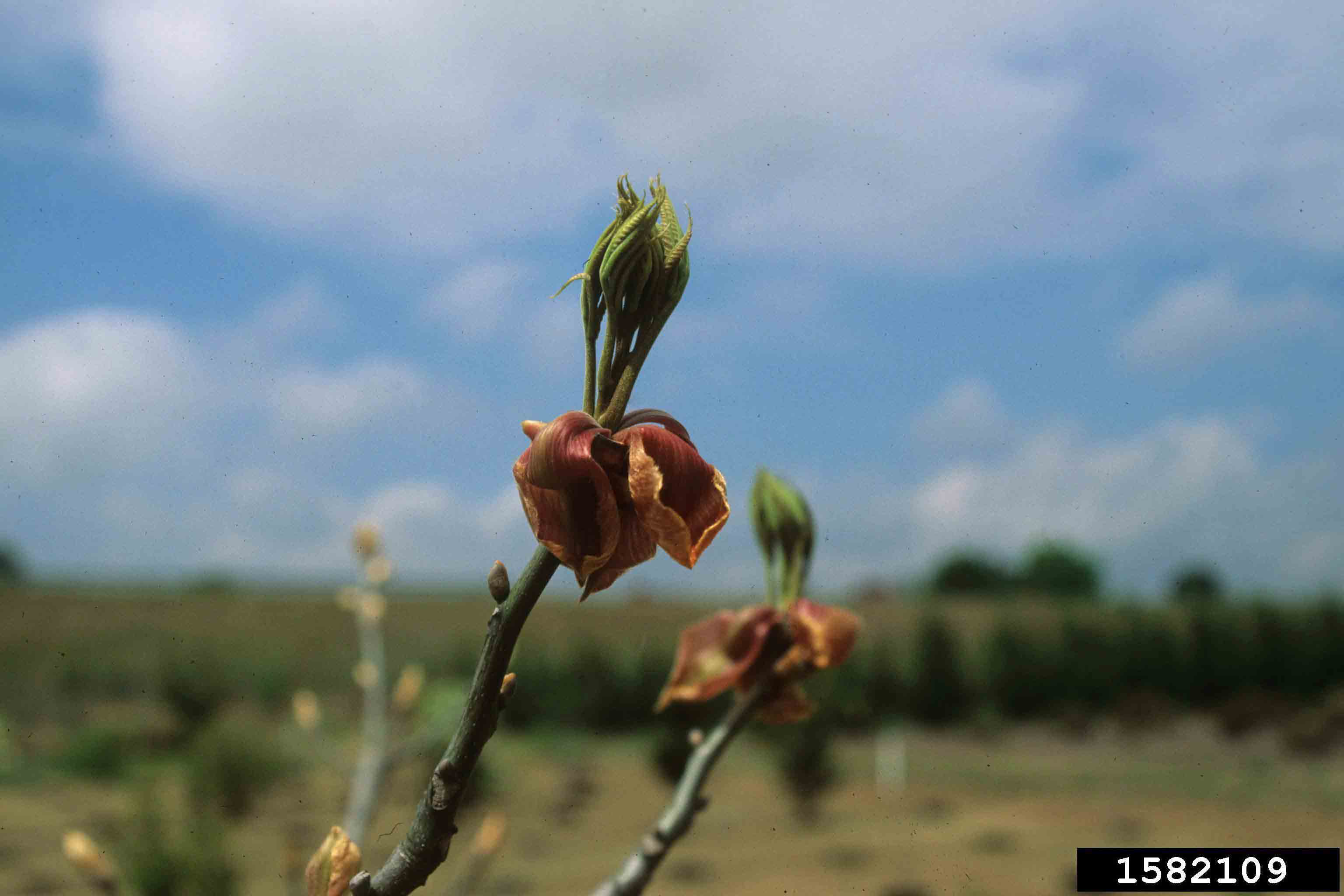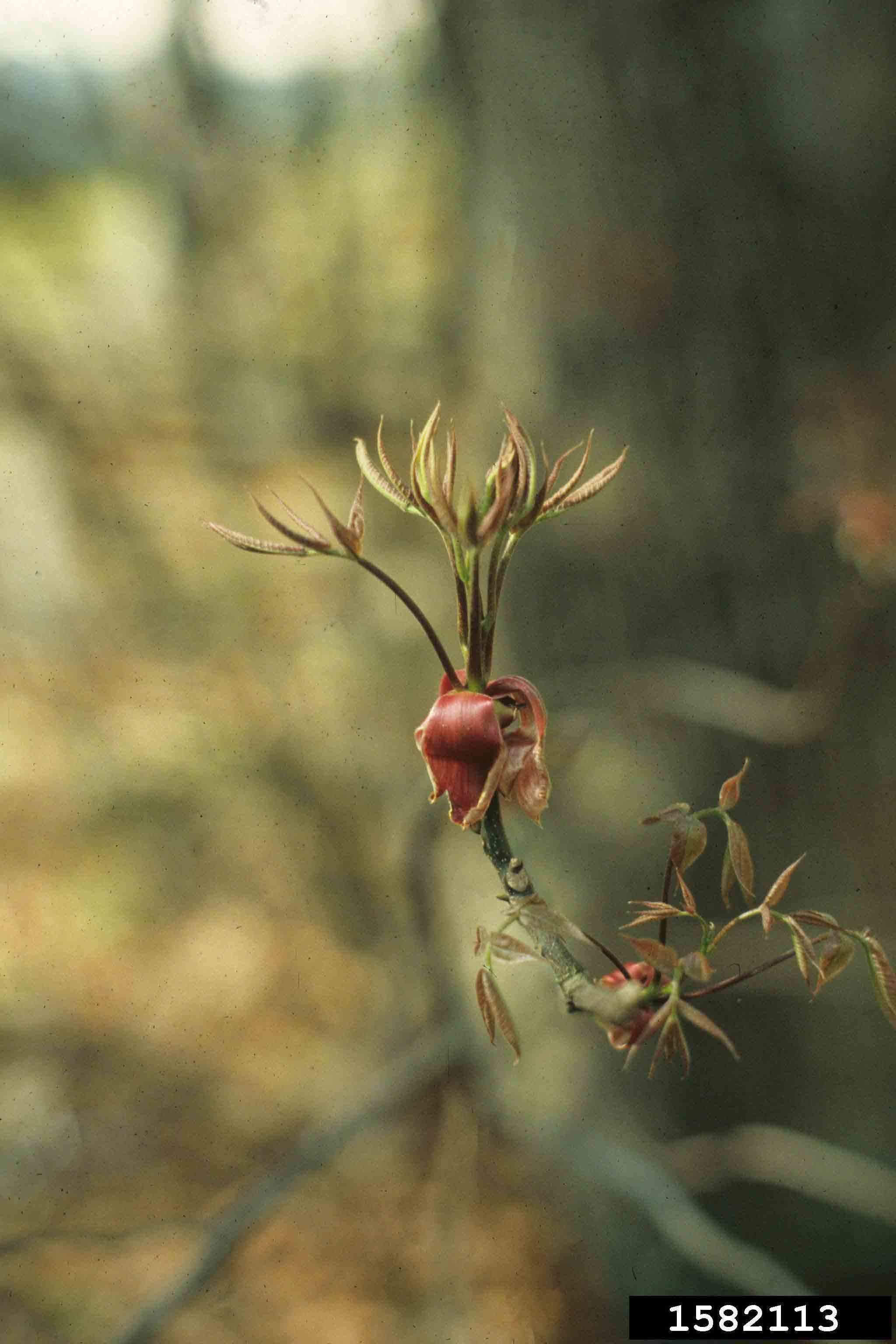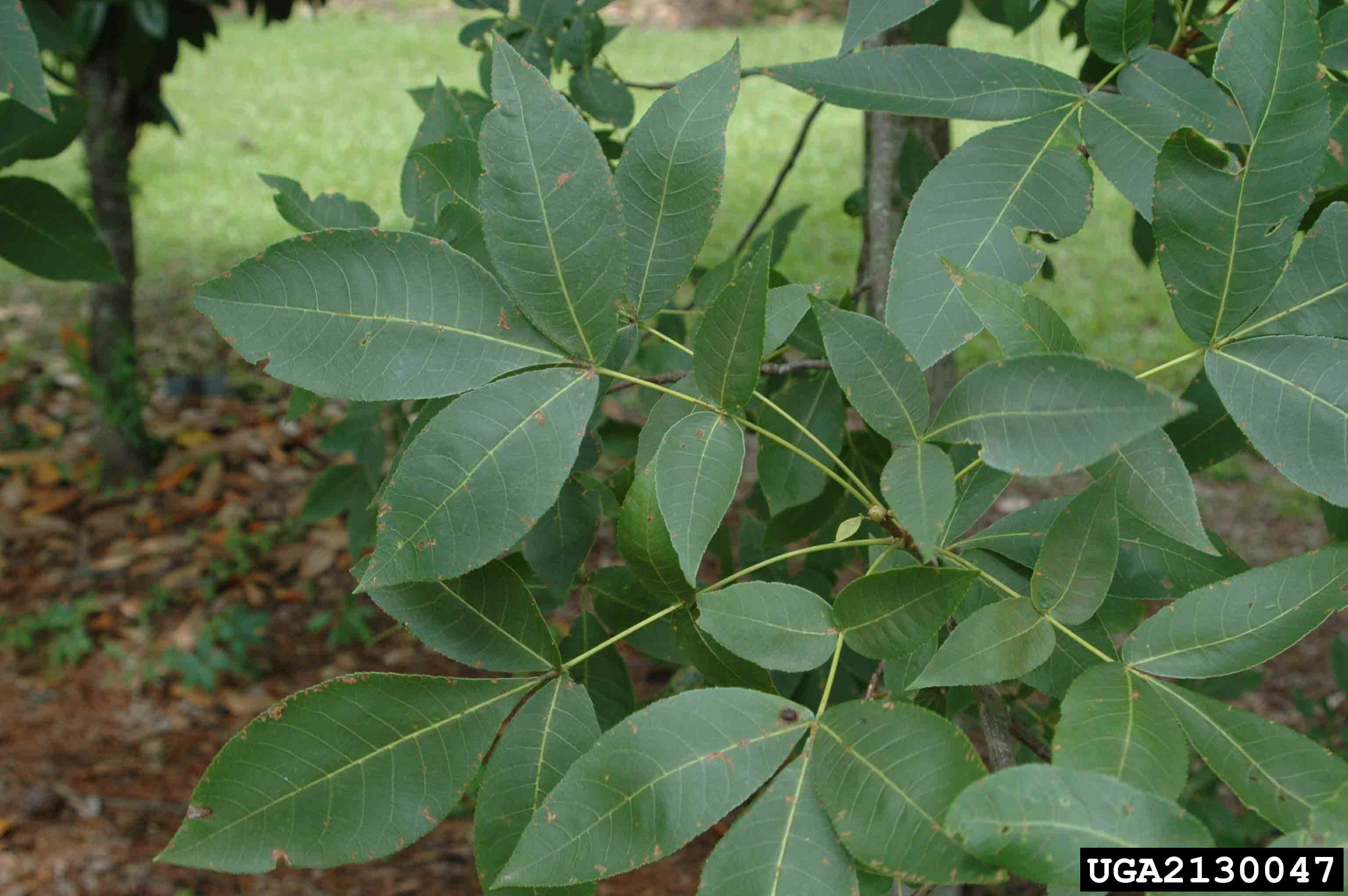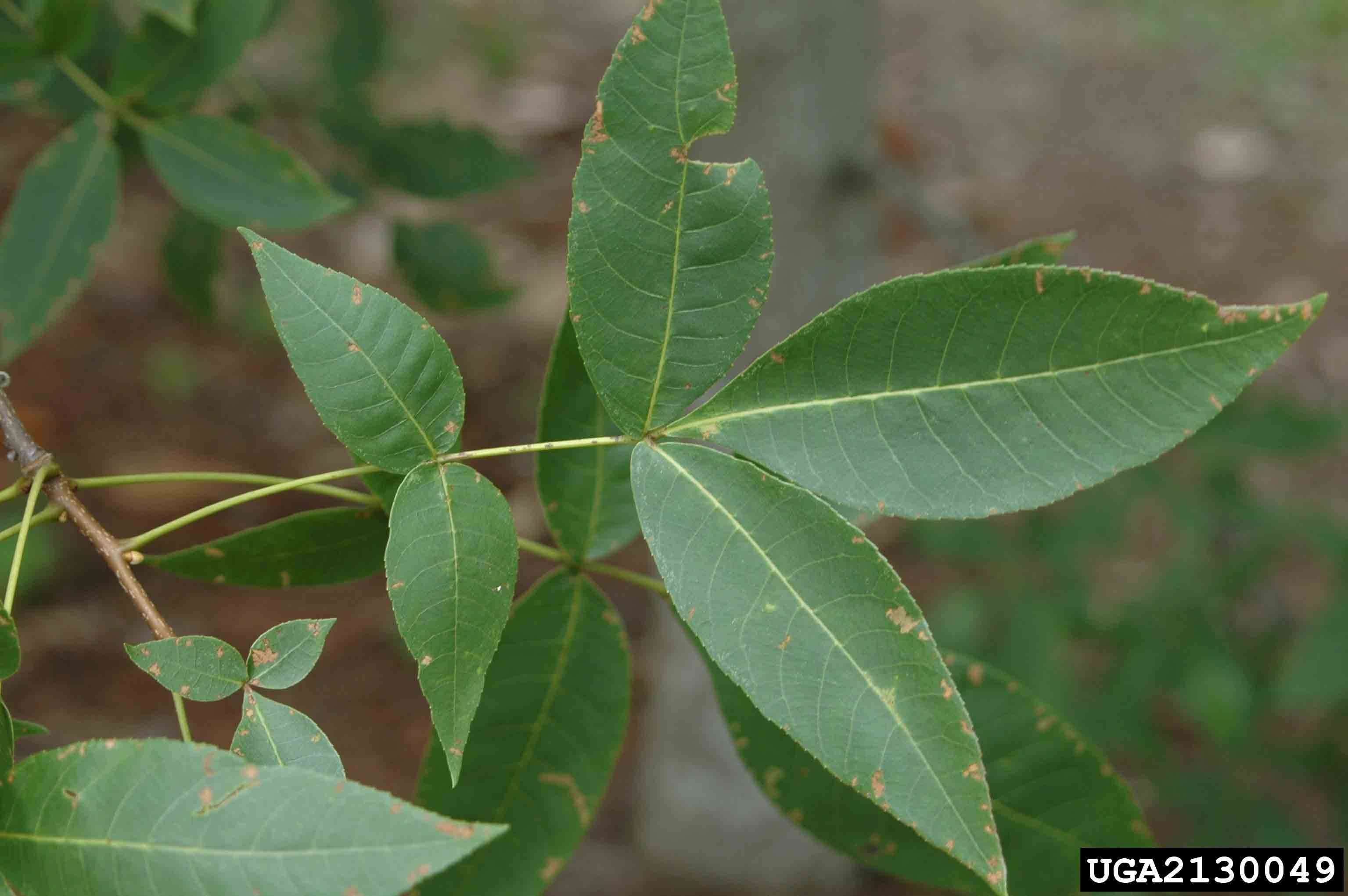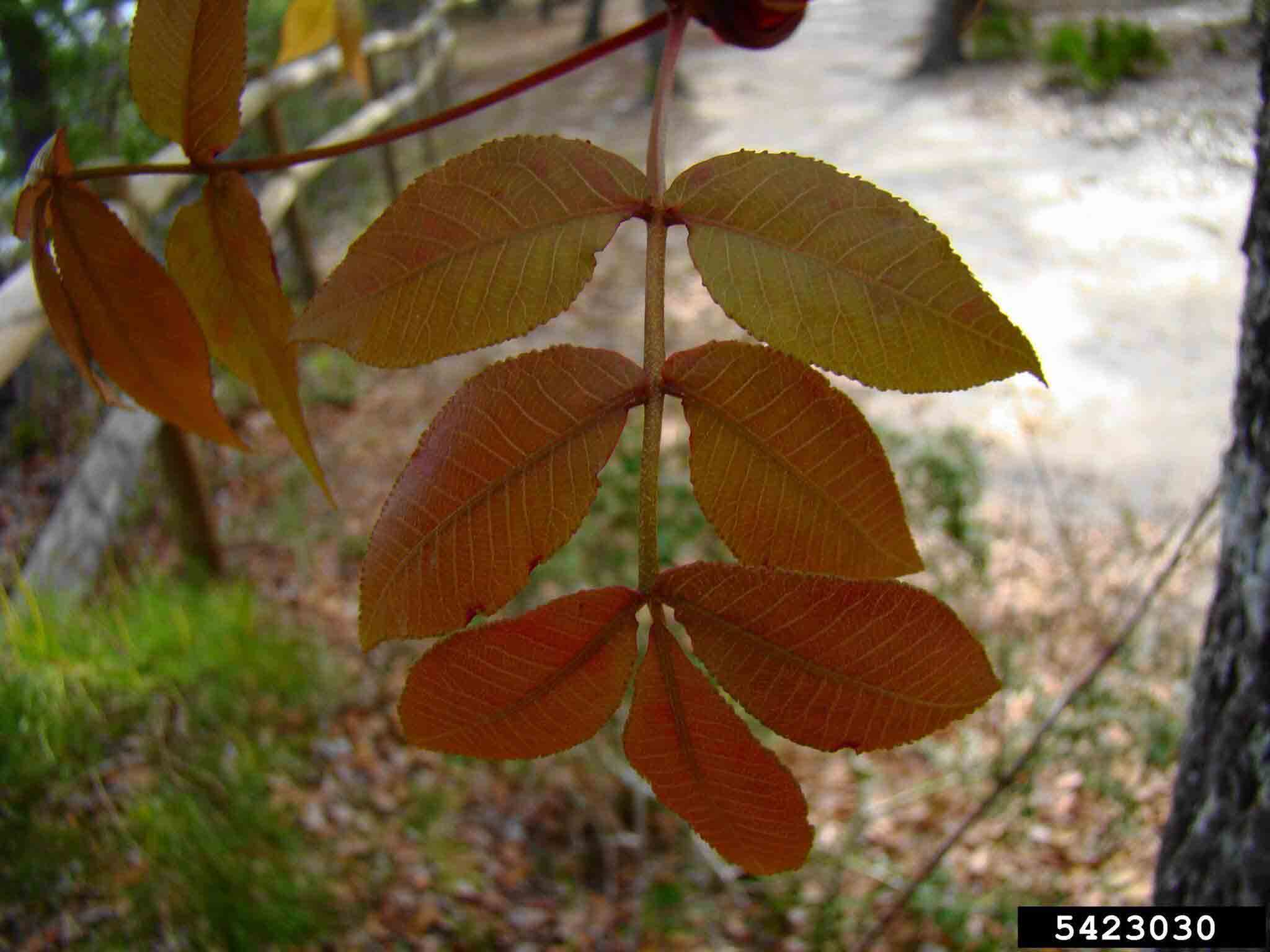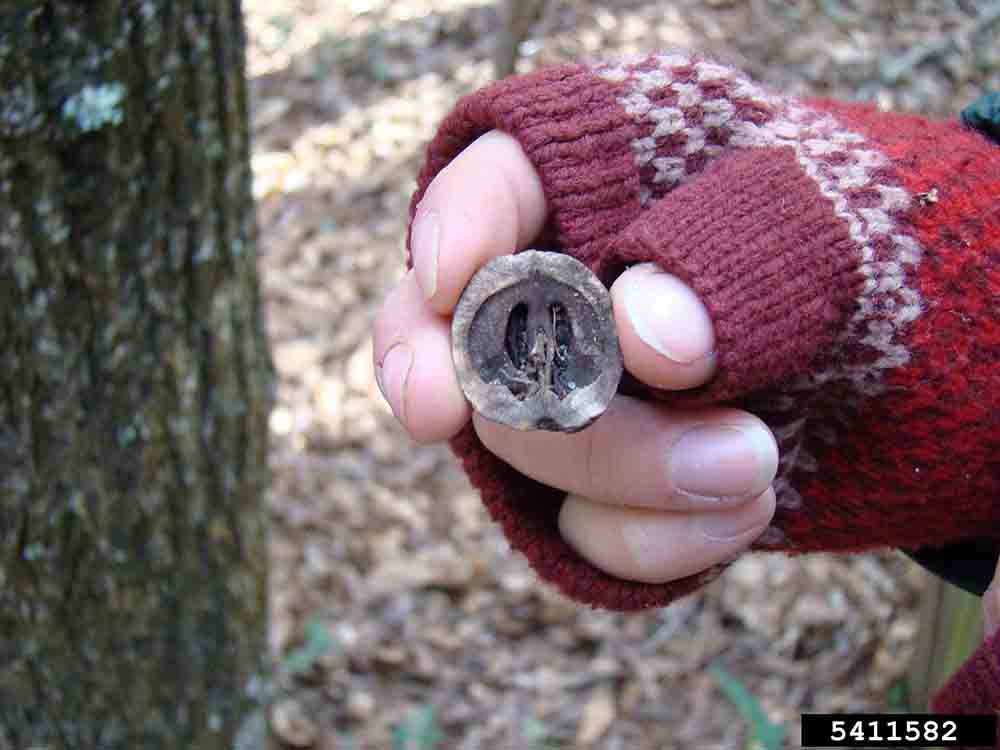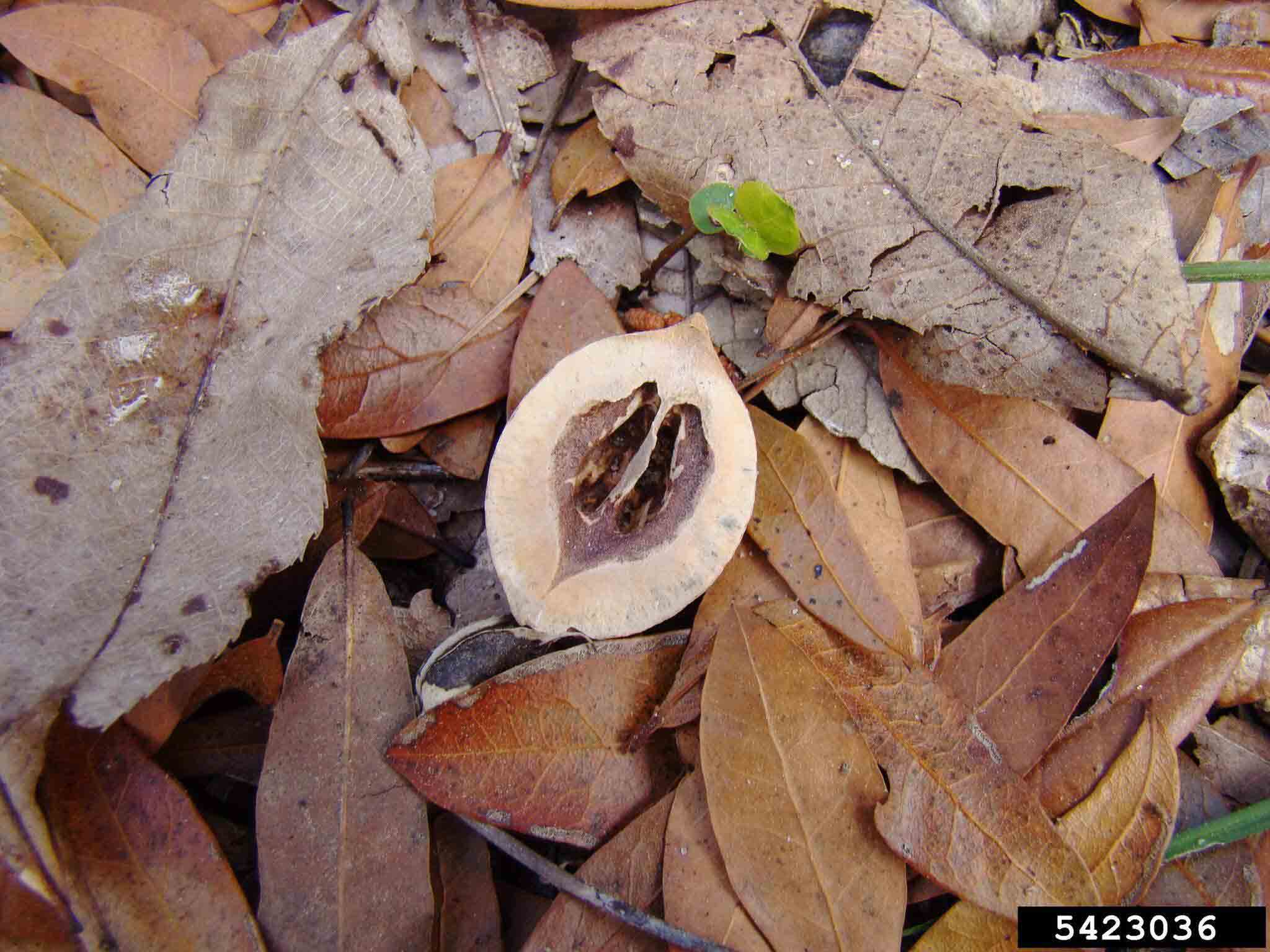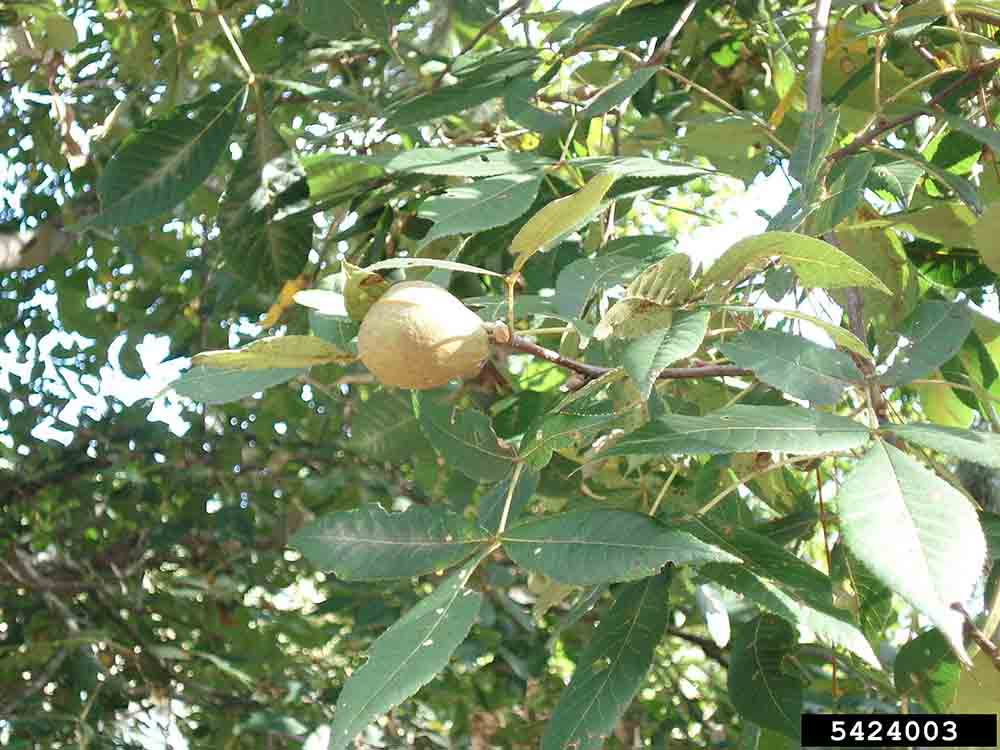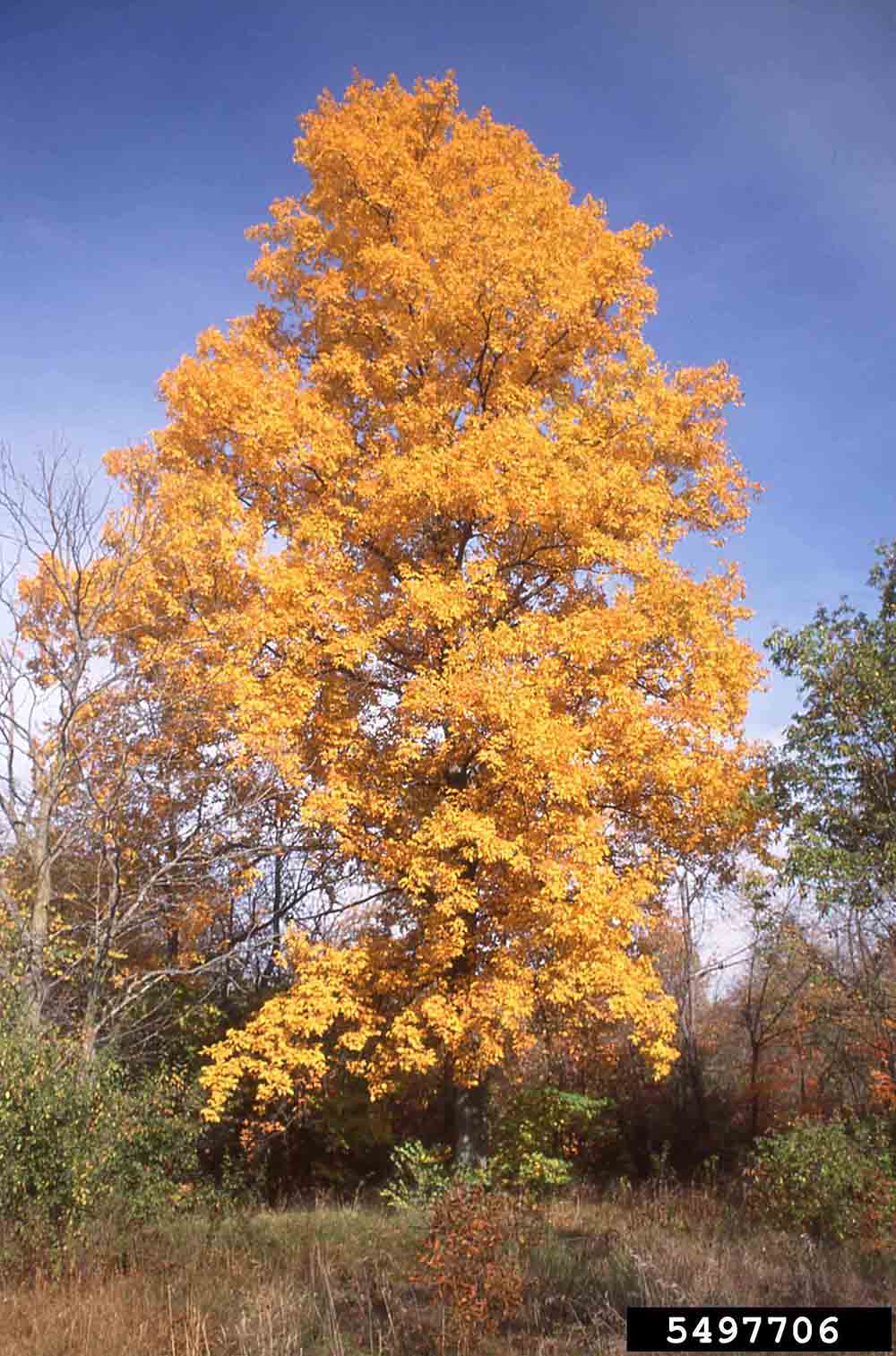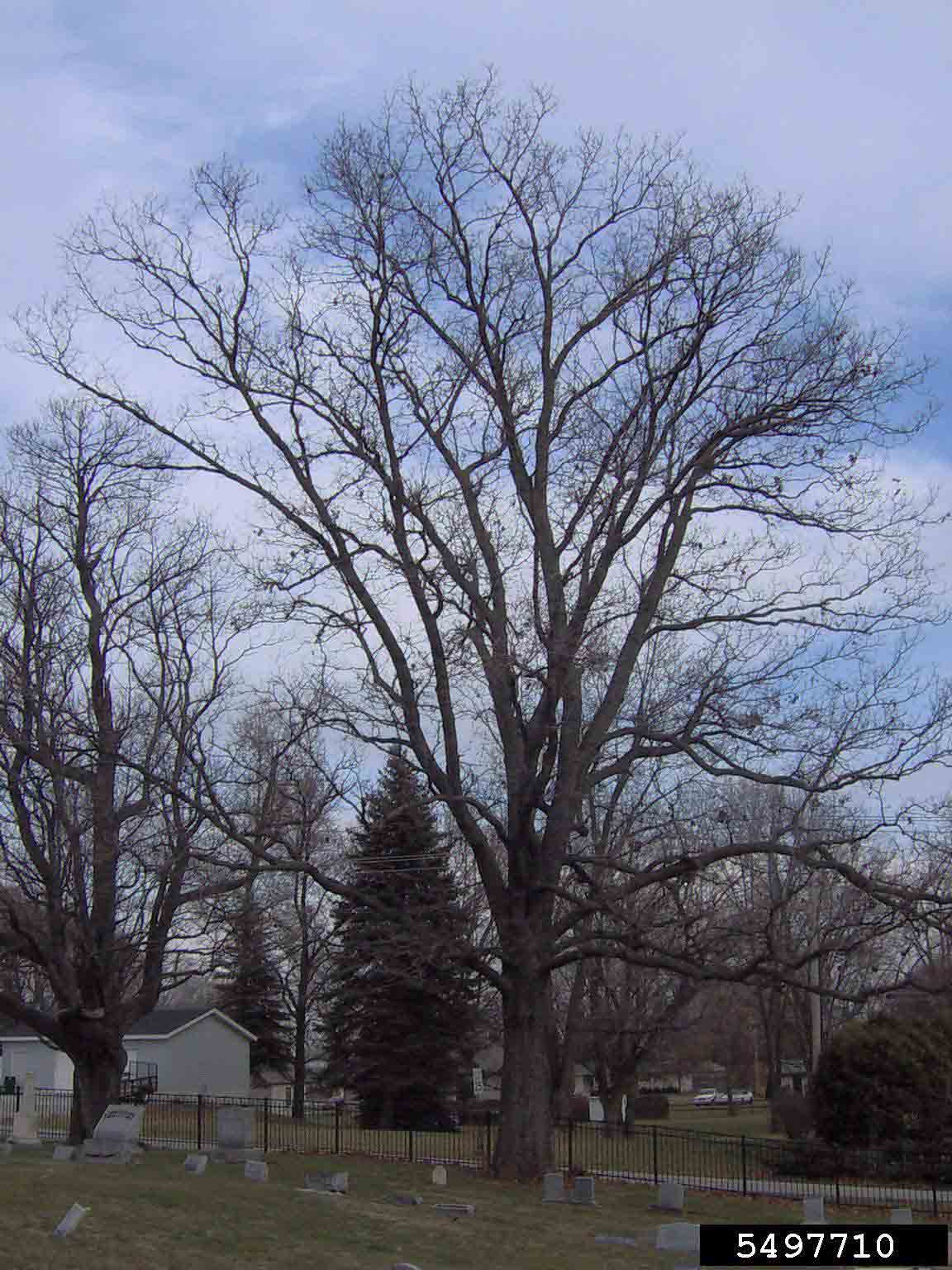Arkansas Tree Database
Pignut Hickory
Pignut Hickory
Scientific name:
Carya Glabra
Size:
50'-60' tall
Leaves:
alternate, odd-pinnately compound, 6"-12" long with 5, sometimes 7, finely toothed smooth lance-shaped pointed leaflets, with terminal leaflet largest
Flowers:
inconspicuous
Fruit:
pear-shaped to rounded at the base, 1"-2" long, with thin husk only partly splitting, thick-shelled, with nut that is eaten by many different wildlife species
Fall Interest:
rich golden yellow; deciduous
Culture:
full sun to partial sun; rich, medium moisture, well-drained soil
Disease/Insect:
Use:
shade tree; moth host plant, such as for the luna moth and the regal moth whose caterpillar is called the hickory horned devil; heavy, hard, strong, flexible wood good for tool handles
Cultivars:
Notes:
bark gray and smooth when young, variable when older with interlacing ridges or peeling into narrow strips but not so much as in shagbark hickory; early settlers learned pigs would eat the nuts, although they taste bitter to humans; settlers split saplings to make brooms; native to Arkansas
Resources:
Click thumbnail to enlarge images
